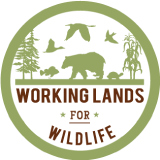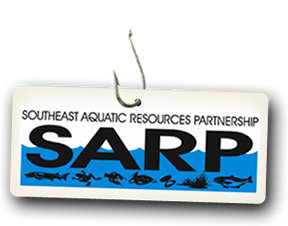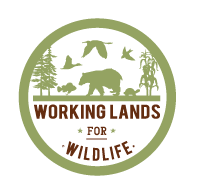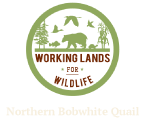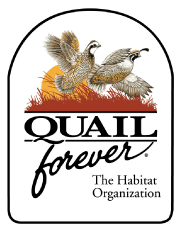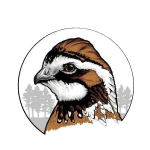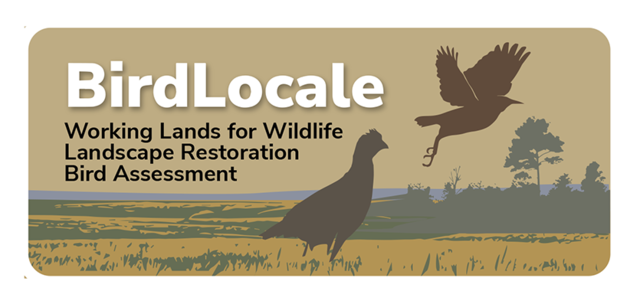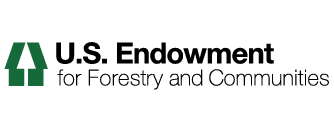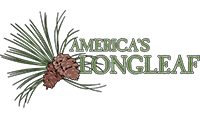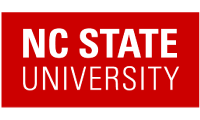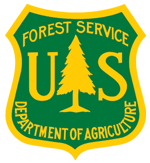NRCS Conservation Practices and Materials
New Songbird Habitat Study Unlocks Benefits for the Monarch Butterfly
A new study reveals that managing habitat for songbirds like the golden-winged warbler also benefits insect pollinators like the at-risk monarch butterfly.
WLFW East Region Conservation Series May 9, 2024
Tune in Thursday, May 9th, at 11:30 am CST (12:30 PM EST) for our first webinar in the new mini-series, “Programs and Partnerships”! This week's topic will cover "What is Working Lands for Wildlife?" with speakers Bridgett Costanzo with USDA and Dr. Jess McGuire with Quail Forever.
WLFW West Newsletter April 2024
A Wyoming Cheatgrass Success Story | New Sagebrush Songbird and Pronghorn Science
RCPP Funding in 2024: Tips for Applicants
The Rural Climate Partnership is hosting a webinar on RCPP funding on Wednesday, April 24th at 12pm CT. Kari Cohen, the former RCPP lead at USDA, will provide an overview of the funding announcement, provide advice for prospective applicants, and answer any questions. Through the Rural Climate Partnership, Kari is available to provide 1:1 proposal guidance to nonprofit applicants - join to learn more!
WLFW East Region Conservation Series April 11 2024
Tune in Thursday, April 11th, at 11:30 am CST (12:30 PM EST) for our last webinar in the Pollinator Series! This week's topic will cover "Maintaining Pollinator Habitat" with speaker Brittney Viers with Quail Forever.
DOI Nature-based Solutions Roadmap
The purpose of the Department of the Interior Nature Based Solutions Roadmap is to provide Department of the Interior (DOI) staff with consistent and credible information about nature-based solutions, such as which strategies match certain conditions and goals, what co-benefits they are likely to provide, example projects, and additional resources for project planning, construction, and monitoring.
USDA Launches New Bobwhite Conservation Pilot and Announces General Conservation Reserve Program Signup
The opportunity we have been waiting for to stop the national decline of bobwhite quail. Using brand new science tools, WLFW will help landowners manage and connect grassland and savanna habitat in the Central and Eastern US. Together we can improve habitats, measure our progress, and reestablish this iconic rural species to our landscapes!
WLFW East Region Conservation Series
Tune in this Thursday, February 8th, at 11:30 am CST for the next webinar in our Conservation Series! This week's topic will cover "How to do a Pollinator Outreach Event" with speaker Cat Beall with Pheasants Forever. Register here: https://tinyurl.com/ykxskkay
Gloved hand with Seedpods
From NRCS Flickr - Texas https://www.flickr.com/photos/ 139446213@N03/25115444695/
A Hellbender Working Lands for Wildlife 2023 Roundup
A look back on accomplishments and forward to new opportunities.
WLFW East Region Conservation Series
Tune in this Thursday, January 11th, at 11:30 am CST for the next webinar in our Conservation Series! This week's topic will cover "Pollinators & Forestland: Underappreciated Pollinator Habitat" with speaker Kass Urban-Mead of the Xerces Society. Register here: https://tinyurl.com/ykxskkay
WLFW Pollinator Conservation Webinar Series: Session # 7 Do I Need a Pollinator Seed Mix and How to Build One
Session 7 of WLFW Pollinator Conservation Webinar series, presented by Kelly Gill, Pollinator Conservation Specialist for the Xerces Society and a Partner Biologist with the USDA Natural Resources Conservation Service. This session focuses on building seed mixes designed for pollinators and is the second of three sessions on “pollinator habitat” in the series. Topics covered include recognizing whether a seed mix is needed, various seed mix options through NRCS, and specific information needed to build a seed mix such as habitat design and species selection.
WLFW
Through Working Lands for Wildlife (WLFW), NRCS works with partners and private landowners to focus voluntary conservation on working landscapes. NRCS provides technical and financial assistance to agricultural producers, helping them plan and implement conservation practices that benefit target species and priority landscapes. Since 2012, NRCS has restored and protected 6.7 million acres of much-needed habitat for a variety of wildlife. These efforts have led to the rebound and recovery of many species, demonstrating the WLFW conservation model works.
NRCS Workshop 1-24-24
Downloadable PDF for workshop
Webinar: Applying to RCPP in 2024
Join the Rural Climate Partnership for a **free webinar on Wednesday, December 13th at 2pm ET** with Kari Cohen, former RCPP lead at USDA, who will guide NGO participants through RCPP application guidance to increase your likelihood of funding.
Pheasants Forever, Quail Forever, and WLFW East Region Webinar Series
Pheasants Forever & Quail Forever, in partnership with USDA-NRCS’s Working Lands for Wildlife, has reformed the WLFW Pollinator Conservation webinar series to include broader topics and changed platforms to Zoom. This series aims to enhance understanding, confidence, and knowledge of conservation concepts. It is designed for conservation professionals working in the WLFW East Region. NRCS staff and partner organizations are welcome to attend (click image for more details), so please feel free to share it with your field staff.
Guidebook for Prescribed Burning in the Southern Region
Learn how to plan, conduct and evaluate prescribed burns with this new Guidebook designed for burners of all skill levels. This book takes you step-by-step through the prescribed burning process in addition to providing more in-depth chapters on many of the concepts.
Landscape Partnership Newsletter-USDA Doubling Down On Growth Of NRCS Working Lands For Wildlife!
USDA Doubling Down on Growth of NRCS Working Lands For Wildlife!

